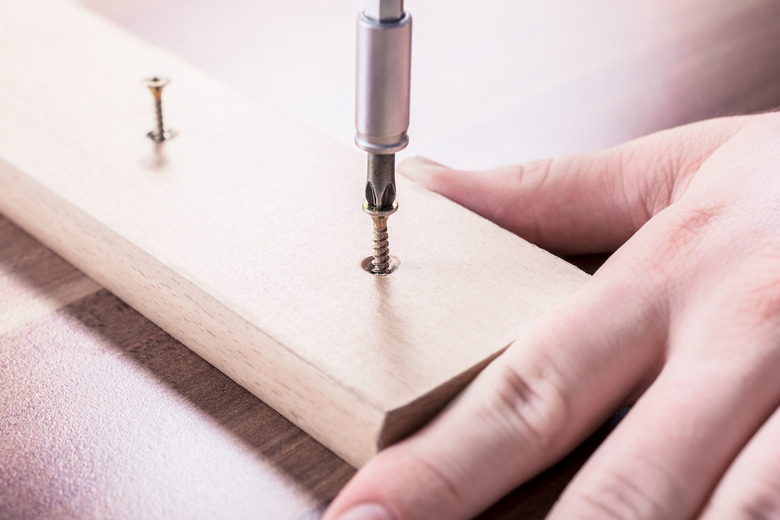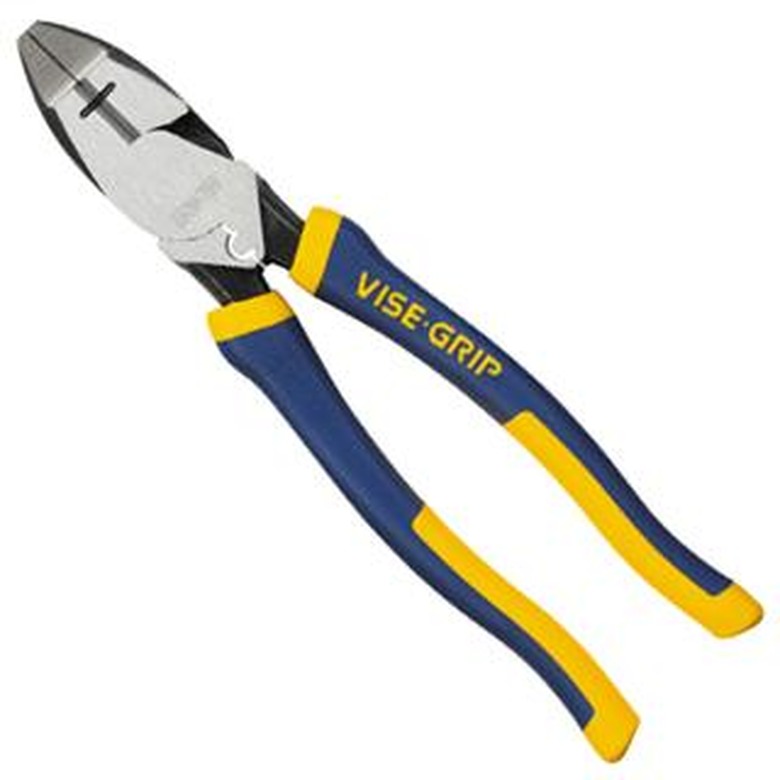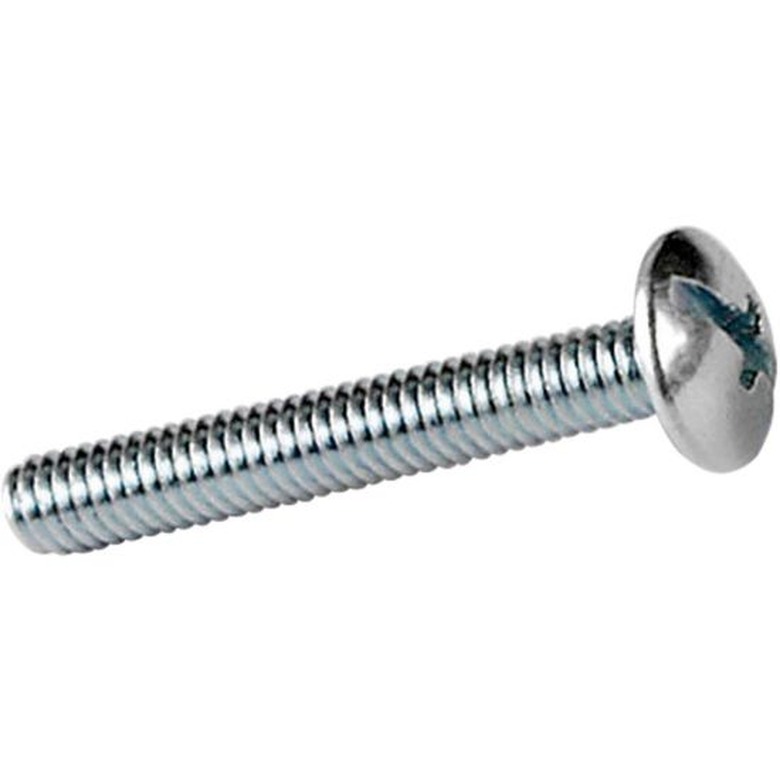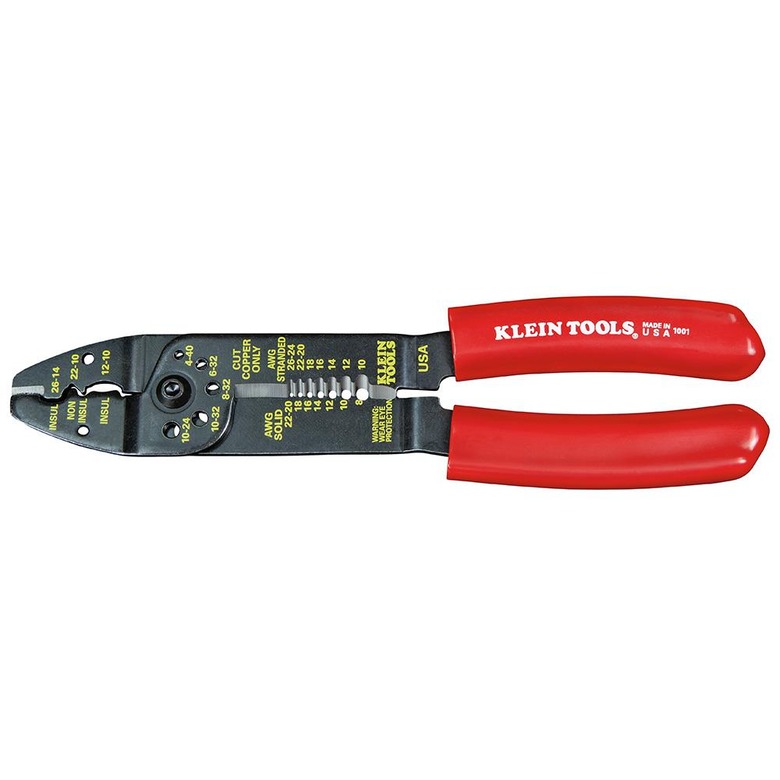How To Shorten A Screw By Cutting It
You're almost done with your project and just have one or two screws to go. The only problem is that you've run out of the right screws. So you sort through your trusty hardware can and find a couple that could work—if only they were a bit shorter. Machine screws that are too long might not tighten down, and overly long wood screws are worse: They might poke through the other side of your material.
In any case, cutting screws down to the necessary length is often easier than a trip to the hardware store. You can cut machine screws or wood screws with various ordinary tools, but because machine screws have to go into nuts or threaded holes, it's important not to damage the threads, or they won't screw in. Fortunately, there a simple trick to fixing the threads after cutting.
How to Cut Wood Screws (and Drywall Screws)
How to Cut Wood Screws (and Drywall Screws)
Wood screws have threaded shanks with either coarse or fine threads, and they taper to a point. They are designed to go into pilot holes drilled into the wood, although sometimes you can drive them into soft wood without pilot holes. Wood screws are relatively easy to cut down to a shorter length, but if you do, it's always a good idea to drive it into a pilot hole because the screw will lose its point and may not penetrate the wood easily or exactly straight.
Wood screws are easier to cut than machine screws because you don't have to worry about damaging the threads. In most cases, all you need is a pair of heavy-duty pliers or wire cutters, such as linesman's pliers, diagonal pliers or flush-cutting pliers. Simply nip off the end of the screw to the desired length. Be aware, though, that the main part of the screw and/or the cut-off tip may go flying once the pliers break through. You can contain the pieces (so you don't have to search for them) by sticking the pliers inside a box or bucket or laying a rag over the tool before making the cut.
How to Cut Small Machine Screws
How to Cut Small Machine Screws
Machine screws have fine threads and straight (non-tapered) shanks. They are designed to pair with nuts or threaded holes or inserts that have matching threads. The fit of the threads is relatively precise, and any damage to the threads can prevent the parts from fitting together. For this reason, it's best to use special cutters or a saw, both of which cause less damage than ordinary pliers.
For small machine screws—up to standard size #10 or metric size M5 (5mm)—the best tool is a pair of multi-purpose wire strippers. Many of these tools have five precisely sized threaded holes for cutting machine screws, such as the screws commonly used for electrical devices (switches, receptacles, etc.) and boxes. If you don't have this tool, or if the screw you're cutting is too large for the holes, use the basic technique for cutting large screw (see below).
To cut a screw with multipurpose wire strippers, open the tool's jaws until the screw-cutter holes are fully open (form full circles). Thread the screw into the appropriate hole from the front (labeled) side of the tool. Use a screwdriver, if necessary. Turn in the screw the desired amount; it will cut at the point where the two halves of the jaws come together. Squeeze the tool's handles to cut off the screw, then unthread the screw from the hole. The tool makes a clean cut without damaging the threads.
How to Cut Large Machine Screws
How to Cut Large Machine Screws
Cutting machine screws larger than a #10 (or M5), which are too big for wire strippers, is best done with a hacksaw, or with a jigsaw or reciprocating saw with a metal-cutting blade. The power saws cut much faster and with less sweat, but a hacksaw is generally easier to control. Reciprocating saws like to jump around, and jigsaws need a flat or straight surface to rest on during the cut.
Regardless of the saw you use, there are a few of tricks for cutting large screws (the same techniques work for all-thread, or threaded rod):
- Thread a nut onto the screw, stopping anywhere on the head side of the cutting line.
- Wrap masking tape around the screw shank so one edge of the tape is on the cutting line. If you wrap the tape a few times and keep the edges aligned, it will form a single band that marks a straight line all the way around the screw. Follow the edge of the tape with the saw blade throughout the cut.
- Clamp the screw in a vise or secure it to a workbench with a clamp.
- Cut the screw as straight as possible. When you're done cutting, unthread the nut from the screw, removing it from the cut end. This will realign any threads that were misshapen by the saw blade. You may need to use a wrench or pliers and a screwdriver to make the last few turns of the nut.



